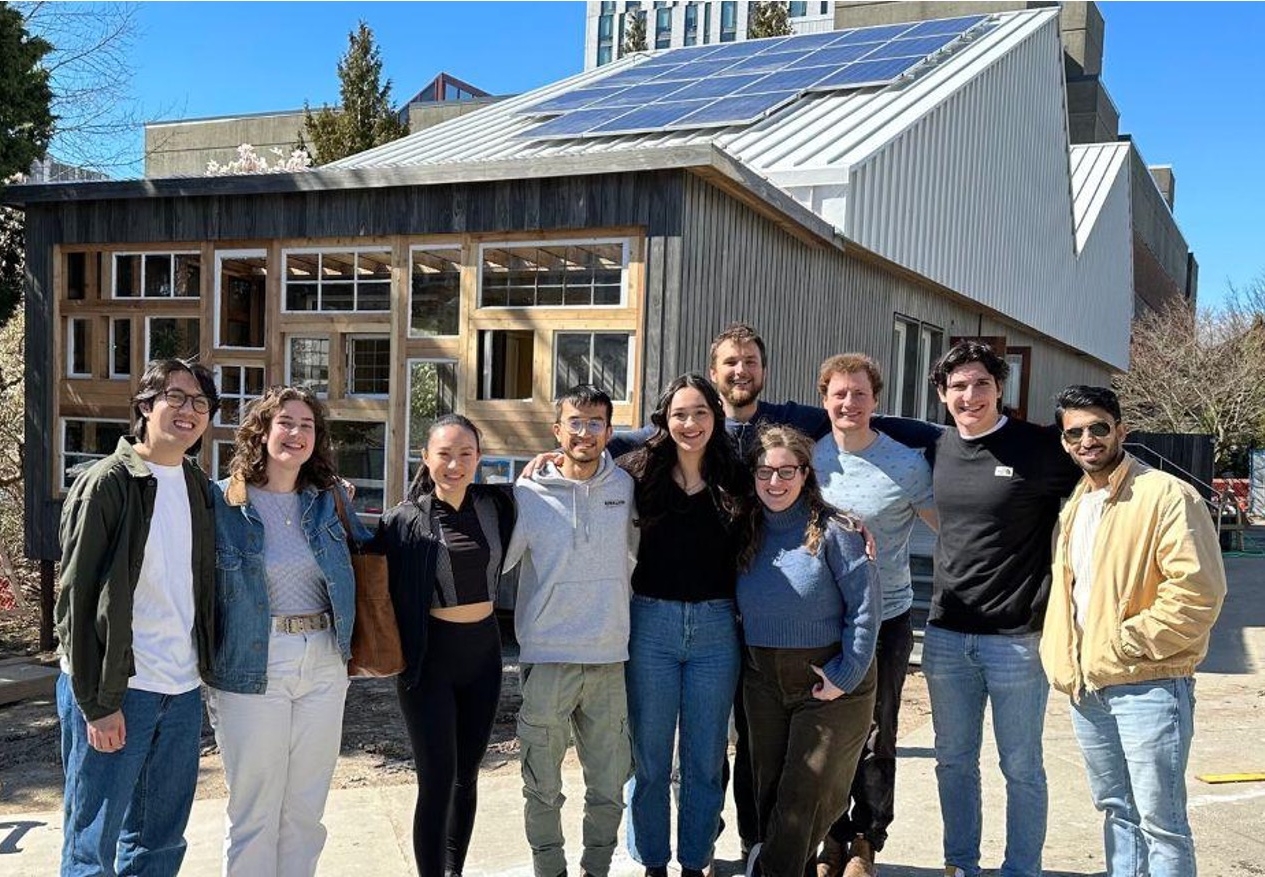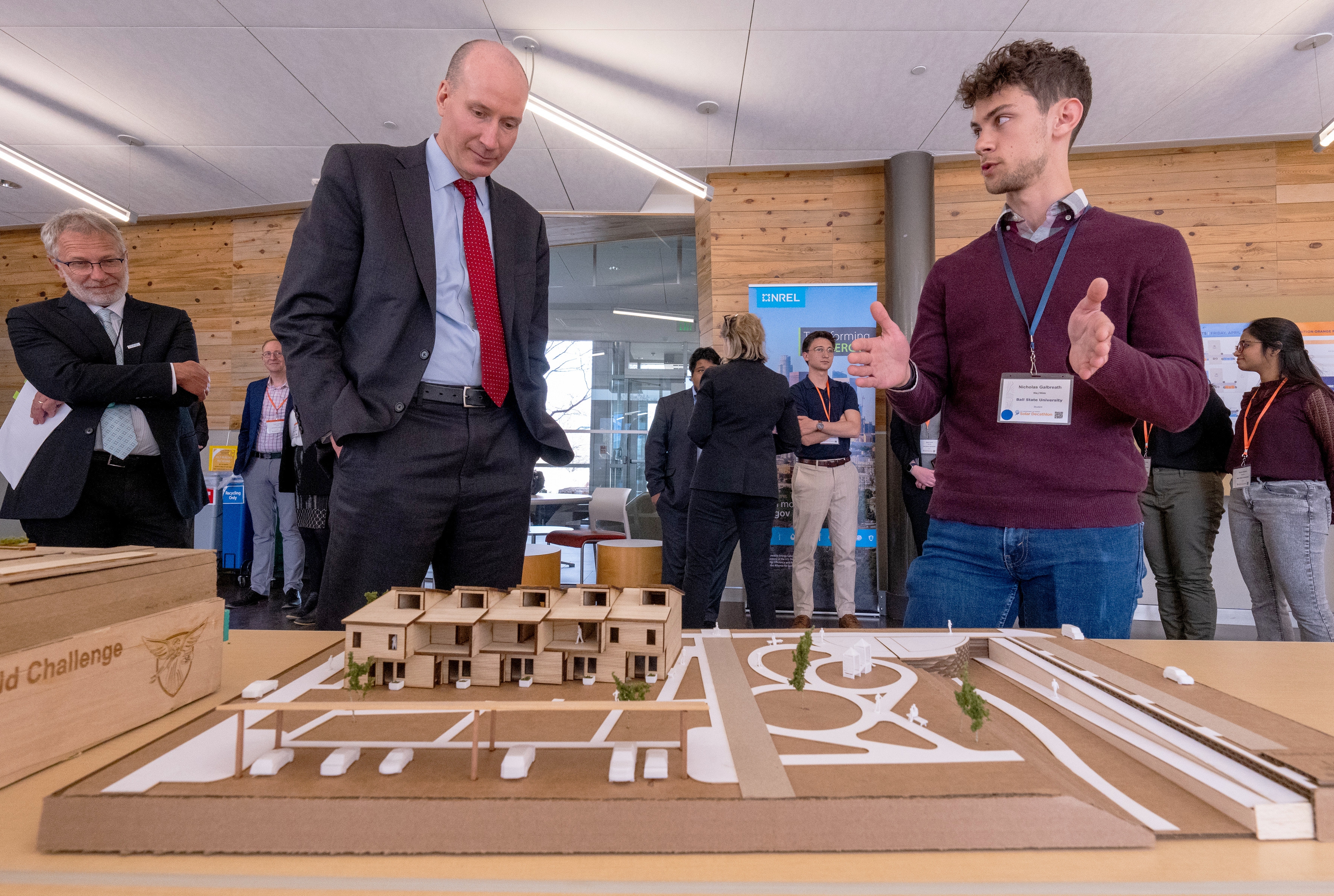
About Solar Decathlon

The U.S. Department of Energy Solar Decathlon collegiate competition prepares the next generation of building professionals to design and build high-performance, low-carbon buildings powered by renewables. The Design Challenge is a one- to two-semester, design-only competition, while the Build Challenge is a two-year design-build competition.
The Solar Decathlon has challenged more than 25,000 students to create efficient, affordable buildings powered by renewables, while promoting student innovation, STEM education, and workforce development opportunities in the buildings industry.
The first Solar Decathlon Build Challenge was held in 2002. The Build Challenge occurred biennially in 2005, 2007, 2009, 2011, 2013, 2015, 2017, 2020 and 2023.
The Race to Zero competition joined the Solar Decathlon in 2019 as the Design Challenge. The Design Challenge occurred annually in 2019, 2020, 2021, 2022 and 2023. Registration for the 2024 Design Challenge closed on October 18, 2023.
PURPOSE
One of the U.S. Department of Energy's most successful outreach efforts, the Solar Decathlon aims to:
- Provide participating students with unique training that prepares them for the clean energy workforce.
- Educate students and the public about the latest technologies and materials in zero energy design and technologies, smart home solutions, and high-performance buildings.
IMPACT
Since 2002, the Solar Decathlon has:
- Involved more than 900 collegiate teams, who pursued a multidisciplinary approach to study the requirements for designing and building zero energy apartments, houses, schools, and office buildings.
- Established a worldwide reputation as a successful educational program and workforce development opportunity for tens of thousands of students.
- Positively impacted more than 25,000 collegiate participants.
- Involved more than 40 countries.
- Expanded to Europe, China, Latin America, Africa, India, and the Middle East to involve hundreds more teams and more than 20,000 participants through 15 international events.
